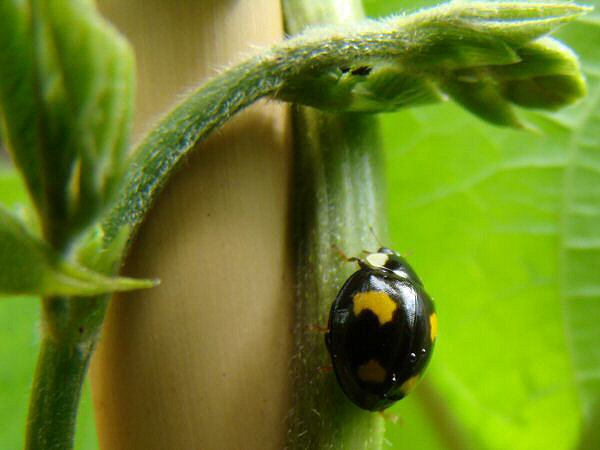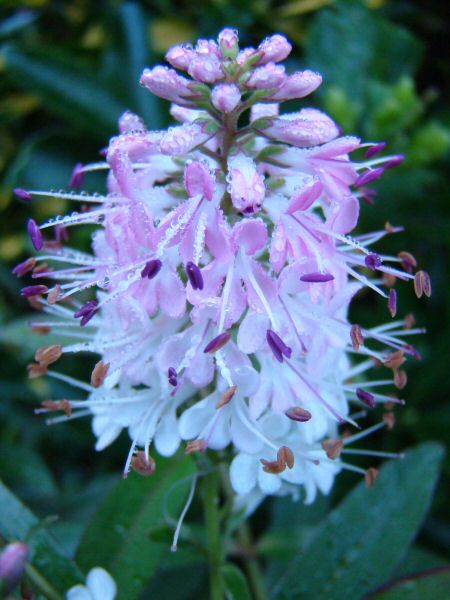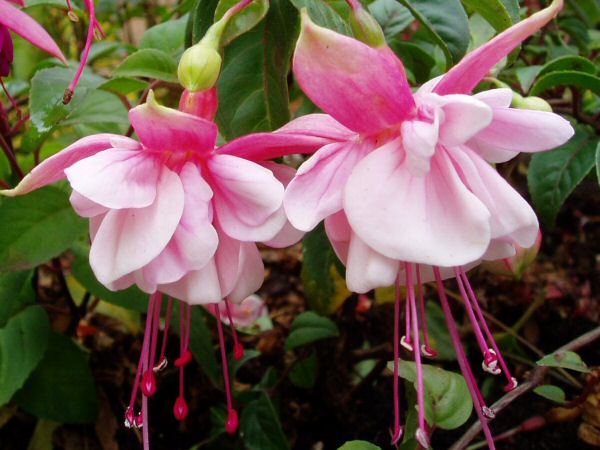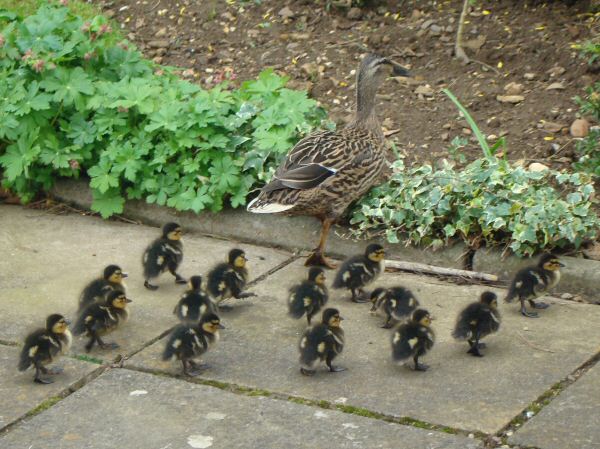
It was a normal quite day in my office when the telephone rang. I picked it up expecting the usual business caller but it was my wife calling to tell me we had some unusual visitors in our garden - a duck and her babies. At lunchtime, with much enthusiasm, I headed for the car and drove home to have a look for myself. Sure enough, a female Mallard and 14 of the cutest, fuzziest, cuddliest little bundles of fluff you could ever imagine, were wandering around our garden.

My wife had put out the only thing she could think of for them ... a kitchen sink bowl full of water. A short time later we peered through the window and fell into hysterics when we saw the mother sat on the water as if she was queen of her own lake, while all the babies jumped up and down trying to get in. The bowl was only a little bit bigger than the duck herself and she certainly didn't have any manoeuvring room.

Fortunately I am the proud owner of a builders cement mixing tray. You know the things ... about 4 feet square, 2" deep and made of durable plastic. I put that down on one of our patios and half-filled it with water, so the babies could have a paddle too. Very soon the whole tribe were splashing around and having fun. It may only be an inch of cold tap water to us, but when you're a baby duck it's a big dangerous shark-infested ocean just waiting to be conquered.
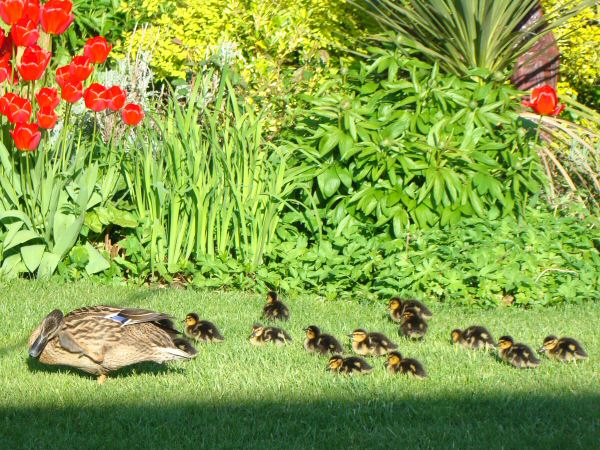
Soon after, the family followed Mum across the garden and they all disappeared under a railed fence between me and my neighbour. We were concerned for the ducks because, like many city neighbourhoods, we have more than our fair share of cats coming into our gardens and I have found far too many birds on my lawn with their heads ripped off for me to realise that baby ducks who can't fly are very vulnerable to such threats.
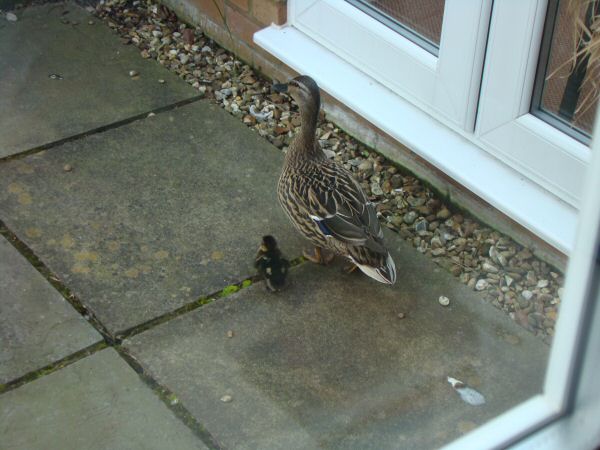
We didn't see the ducks again that day, but the next day Mother Duck returned. Sadly, this time she only had one baby with her. We will never know what happened to the other 13. It is easy to believe they were slaughtered by a rampant cat but they could easily have been plucked into the air by marauding Magpie's who swoop overhead in plenty. Truth is, we will never know.
The day after that, Mother duck visited again ... on her own.
But fortunately for wildlife, they haven't been given emotions such as grief and misery, and the following day the Mother Duck was accompanied by 2 males, squawking and quacking for her attention. The day after that, there were 4 males, and the next day 5. Isn't it typical that when there were children to tend to, the males were nowhere to be seen, but as soon as the kids are gone, Mum is flirting with every guy on the block.

Though it is sad to think of those 14 ducklings wiped out so quickly, it has been a joy to have been a part of their short existence. Mother Duck and her entourage appear to be daily visitors to us at the moment. I'm sure there's nothing unusual in this if you live in the country, but we live in a city and this is the first time in my 60 years that I've seen Mallards in my garden. It probably won't last long, but it's a thrill to see them and when they stop coming we shall always have the memory of the 14 ducklings splashing about on our patio.






